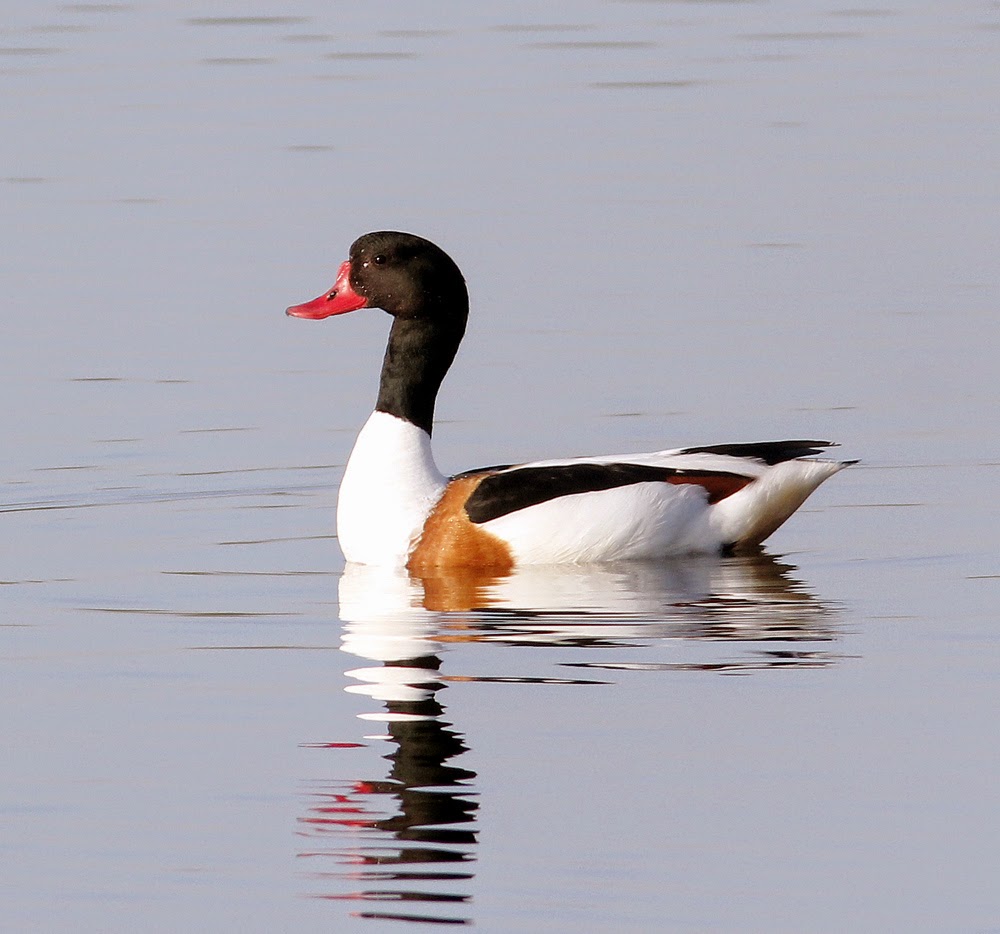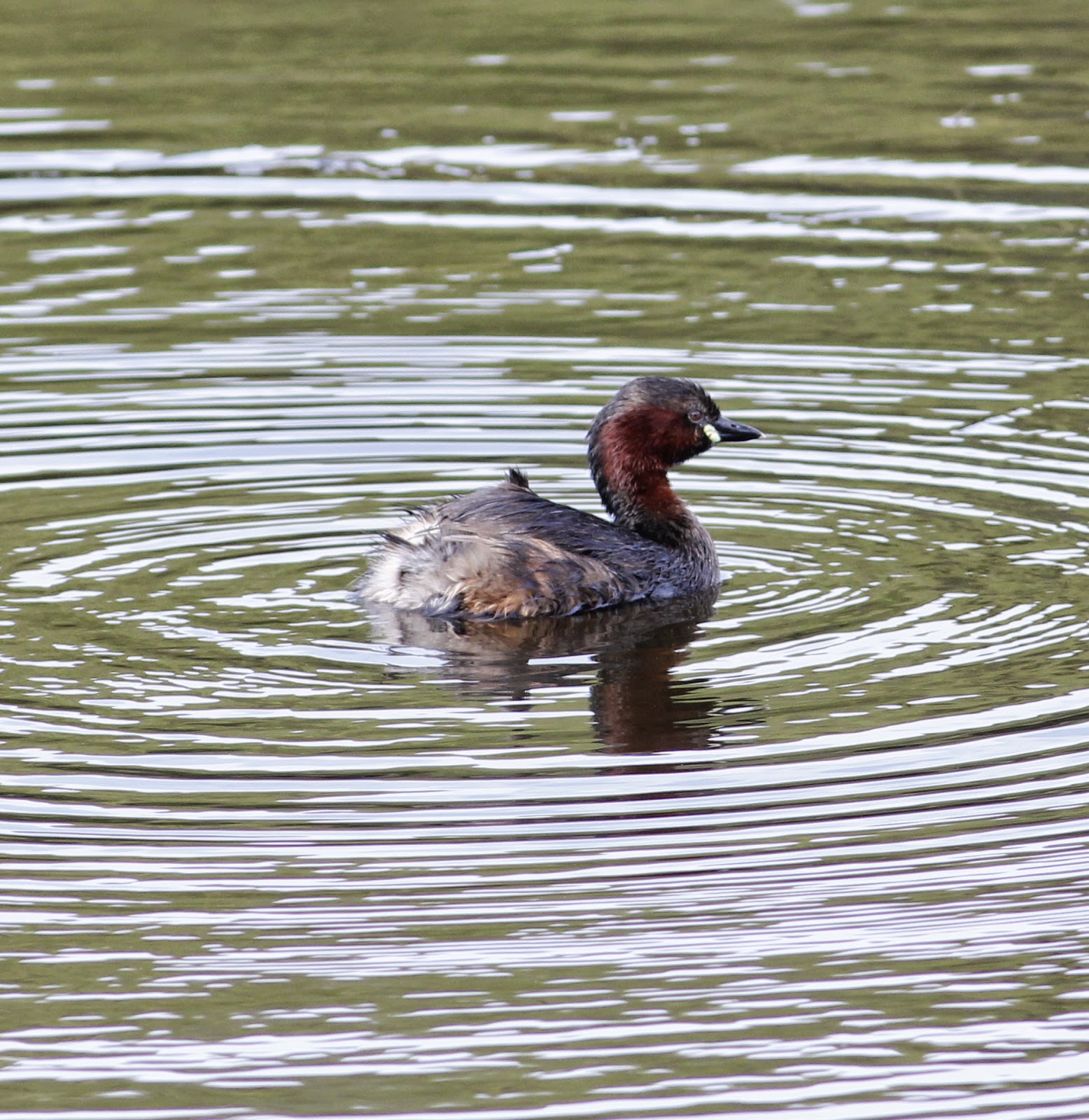After Joanne’s Little Owl pictures of Thursday, today it’s my turn. Stay tuned for Little Owl and Barn Owl.
The run of bright and dry weather and almost at the longest day makes for early starts, driving on quiet roads with the chance to slow down at a few locations where owls live. At 6am there was a Barn Owl flying alongside the road at Cockerham and lots of light for a photograph; but the owl flipped over the hedgerow and out of sight. I drove up and down the road a couple times, turning at convenient spots and then waiting in gateways for the owl to reappear.
No luck, so I checked out a Little Owl farm of old.
The RSPB website tells me that the Little Owl Athene noctua “can be seen in the daylight, usually perching on a tree branch, telegraph pole or rock. It will bob its head up and down when alarmed.”
And there one was, and on a telegraph pole. The owl stole a look at my approaching car and chose not to bob its head up and down but instead continued to watch the ground below for “small mammals and birds, beetles and worms”.
Little Owl
Little Owl
Little Owl
Little Owl
After a while the owl got bored with looking at the same bit of the ground and flew off towards the farmhouse and farm buildings. Now there’s a “good” bird to have sat on your house; makes a change from House Martins and House Sparrows.
Little Owl
There was a Red Fox in the middle of the road but even as the car approached from 100yards the fox took fright and loped off. The camera was still set to overexpose the owl against the morning sky - "D’oh". Red Foxes in this part of the world still mostly inhabit the true countryside and as far as I know do not frequent the Saturday night kebab shops when the drunks go home.
Red Fox
There was another Barn Owl at Conder Green, this one hunting the embankment alongside the old railway where moored boats dot the green marsh. It was 0730, the owl was up late and heading swiftly for a daytime sleep, but not before an Oystercatcher gave it a telling off. Two or three pairs of Oystercatchers have chicks nearby and while a Barn Owl may be "cute" it is a predator which needs to eat and to feed chicks of its own.
Barn Owl
Oystercatcher and Barn Owl
Barn Owl
Oystercatchers
Also out hunting was a Sparrowhawk, carrying prey back to a nest somewhere while at the same time lifting the prey towards its bill to take crafty nibbles. Before today I’d never ever seen this behaviour by a Sparrowhawk, just from members of the falcon family.
After the excitement of raptors it was back to June’s unchanging birds of hedgerow, pool and creek; 2 Grey Heron, 4 Little Egret, 65 Redshank, 15 Oystercatcher, 12 Lapwing and 1 Common Sandpiper.
Common Sandpiper
Other bits ‘n pieces totalled up to 45 Swift, 2 Stock Dove, 5 Sedge Warbler, 3 Pied Wagtail.
Another Bird Blog is back soon, maybe with more owls but certainly with more birds.
Linking today to Eileen's Saturday Blog.
Linking today to Eileen's Saturday Blog.







































































.jpg)












